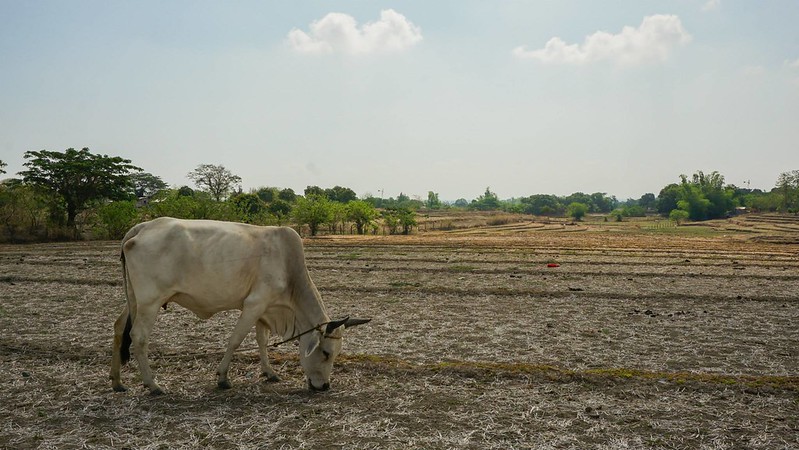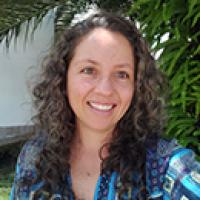Interventions that aim to improve resilience, either for households or communities, have become increasingly common in recent years. Yet there are big knowledge gaps regarding what works, as shown on 3ie's new evidence gap map on building resilient societies.
For a few types of interventions, like cash transfers and some types of technological solutions, there is no shortage of reliable studies. But the broader evidence landscape is sparser. At a recent panel to discuss the findings of the map, researchers and resilience experts discussed the paths forward for the field.
"When we talk about resilience in the context of a humanitarian and food security crisis, we're talking about a very new [area of] research," said Christophe Béné, principal scientist and senior policy advisor at the International Center for Tropical Agriculture (CIAT). "We have to be modest and humble, so I was not necessarily surprised to see such huge gaps in the map."
Resilience research is still "the new guy on the block " compared to well-studied sectors like nutrition or social protection. In addition to the absence of evidence about many types of interventions, the studies that do exist have important limitations.
"Most of the studies targeted vulnerable populations, but besides that, gender and equity issues were not really integrated in the evaluations," said 3ie Senior Research Associate Miriam Berretta.
One of the complications is the nature of resilience programming.
"Resilience isn't a sector itself, in fact strengthening resilience is often an effort of integration among the technical sectors," said John Meyer, senior strategy and impact advisor for the USAID Center for Resilience.
The multi-sectoral nature of resilience programming was reflected in the evidence gap map.
Multi-component programming is very popular, with a third of the studies examined being categorized as multi-component, Berretta said.
Not only that, the programming tended to mix different components.
"We [found] such a diverse combination of intervention packages," said 3ie Senior Evaluation Specialist Carolyn Huang. "There was very little convergence of common packages, which really means we don't have enough clusters of evidence to say whether one set of packages is better than another set of packages."
It's hard to avoid that complexity in designing resilience projects, Meyer said.
"A simple linear relationship is almost meaningless in the larger resilience world where we're layering different intervention types," Meyer said. "One alone is not going to get the job done. The other one alone is not going to get the job done. Both or maybe several in sequence are going to be essential."
On the other hand, Béné argued for the simplification of some programming for the sake of learning which components work.
"Because you don't know what works, you actually put everything in the bag, and you shake very hard, and you hope that when you put it on the table it's going to work," Béné said. "We need to step back and accept a much simpler intervention program or else we will never be able to draw any lessons."
Watch the full discussion here.










